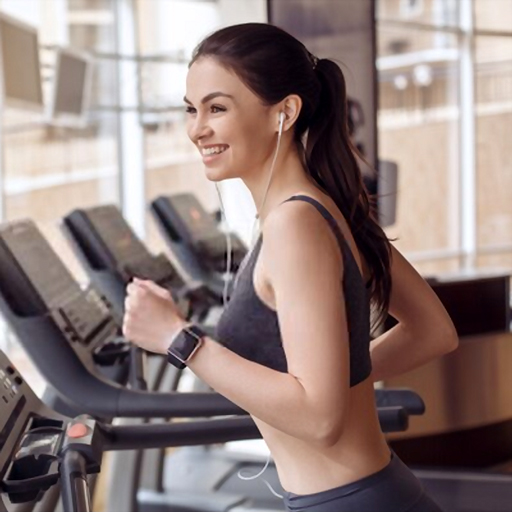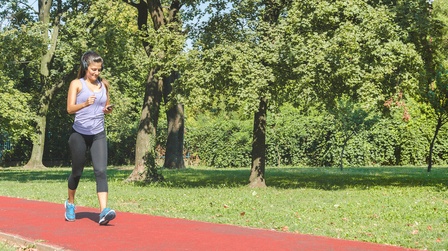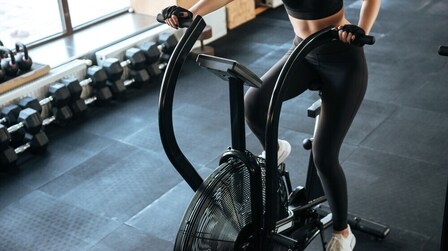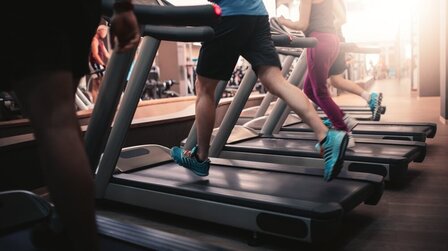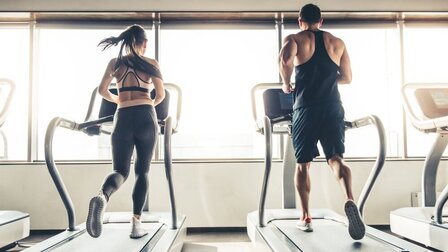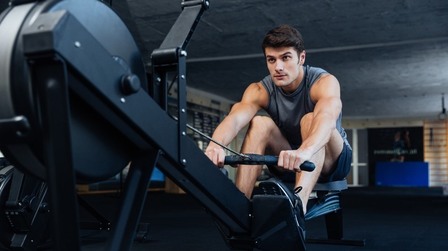Cadence is the number of revolutions of the pedal per minute. In other words, cadence is the rate at which you rotate the pedals while riding.
Cadence plays a major role in indoor cycling. For example, a cadence of 80 RPM means that one pedal makes a complete revolution 80 times in a minute.
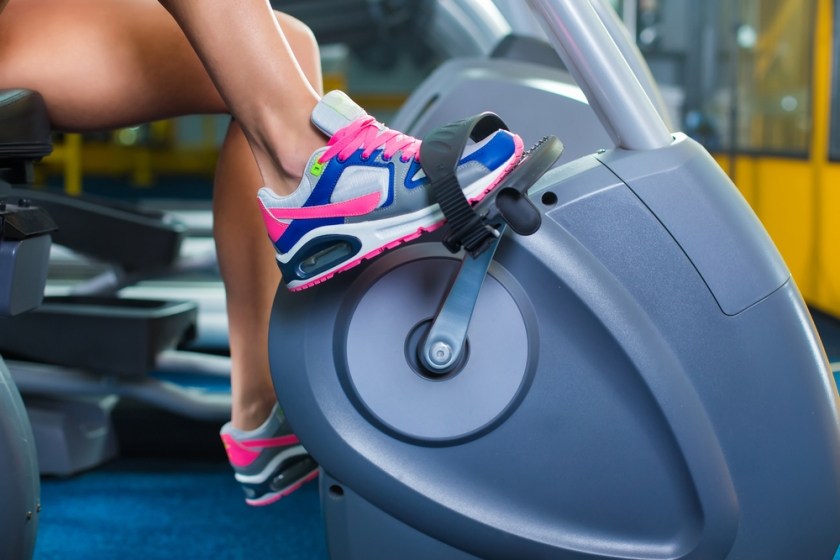
Understanding Tempo
Utilizing tempo of music to create a cadence during your ride creates a full body connect.Tempo is the speed or pace of music or a section of music. The movement can assist in coordination, timing and focus. Just because you can spin fast doesn’t mean you are working hard. Those who start out believe the faster they can pedal the more work and the better workout their getting.

Music that maintains a Beats Per Minute (BPM) of 80 or 220 will relate to your cadence. The higher the BPM, the higher you RPM. Confused? Don’t be! It’s easy to find music with a consistent beat between 80 or 220. You’ll be able to tell while riding whether the song you chose is a good one for keeping a steady cadence.
Here are some examples of songs with a tempo (BPM) that align with the recommended cadences. “Sandstorm” by Darude has a BPM of 136 it’s on the lower spectrum and will most likely work best with a working flat. The same goes for “Let’s Get It Started” by the Black Eyed Peas, which has a BPM of 133.
For a seated or standing climb you could try “Welcome to the Jungle” by Guns N’ Roses at a BPM of 129, or “Just Dance” by Lady Gaga at a BPM of 120. For those quick sprints or jumps, “Rebel Yell” by Billy Idol has a more rapid BPM of 167 that would be appropriate. Whatever you choose it’s important to make sure that you aren’t exceeding the recommended RPM.
How Hard Are You Working?
Quick pedaling is not the best indicator of how hard you are working. Watts (power) are the best indicator of how hard you work while cycling.
You can have the same amount of energy output at 60 RPM depending on how fast you are going and how much tension is on the bike. You could be going 100 RPM flying on the bike with very little tension and high watts. On the other end, you could be going 70 RPM with increased tension and have the same wattage as you did going 100 RPM.

A low cadence equals high force and high power usage. A high cadence equals low force and less power. Higher cadence, although it may seem like faster should mean working harder, it actually burns fewer calories and can cause stress to your muscular system.
Training on an indoor bike at a lower cadence causes more muscle fibers to work, and train muscles for strength, in addition to aerobic training. It causes less oxygen use and increases cardiovascular capabilities. There are a few ways you can measure cadence to train.
How to Measure Cadence?
Here are ways to measure cadence:
- During your ride count the number of times dominant knee comes up in 30 seconds and double it. If 30 seconds is too long, you could also count for 15 seconds and multiply that number by 4 to get your rotations per minute. Besides, it might also be easier to count if you hold one hand out and let your thigh tap your palm on the top of each pedal stroke.
- Many indoor bicycles have monitors that tell you your cadence. These are great tools to determine your energy output.
- If you have access to them, use a CompuTrainer with SpinScan Technology to show output based on pedal stroke.
Selecting your cadence is important. Choose music that makes it easier to keep tempo and cadence. Don’t push yourself beyond your limits. Cycling is your workout, so make sure it meets your needs and not anyone else’s.
Jared Gell, head coach of Competitive Instinct Multisport and director of retail at Pacific Swim Bike Run in Stamford, Connecticut, believes “…riding at a higher than normal cadence does not help your pedal stroke become more efficient. Ultimately, even if you continue to ride 65 RPM, the increase in efficiency will allow you to ride faster using less energy”.
Adding a variety of cadence into your indoor cycling training provides challenges to your workout. It will assist in strengthening your heart and lower extremities.
Recommended Cadence For Your Ride
The below table shows the recommended cadence for different styles during your ride based off of the Spinning program’s “Five Core Spinning® Movements”:
| Recommended Cadence | |
| Movement | Cadence |
| Seated Flat | 80-110 RPM |
| Standing Flat | 80-110 RPM |
| Jumps | 80-110 RPM |
| Seated Climb | 60-80 RPM |
| Standing Climb | 60-80 RPM |
Riding on a “flat road” is based on the realistic idea of riding outside. The recommended cadence is 80-110. If you are tempted to ride faster, add a little bit of tension to the bike to help keep your cadence in check. The cadence range for hills is slower because there is more resistance, simulating riding up a hill outside. The higher the resistance the slower the cadence.
However, if your resistance is too heavy to maintain 60 RPM, back it off a little bit. Too much resistance can stress your knee joints and lead to injury. If you are thrusting your body weight back and forth while tugging on the handlebars to pedal, your resistance is too high.
A range is provided because everyone is at a different stage of their exercise abilities. The range provides an idea of where your cadence should be. Newer riders will be on the lower end of the recommended range for cadence and veteran riders might be at the higher end of the spectrum. Use these ranges in your workout to help guide you in the right direction.
Cadence Workout
Warmup
To warm up take about 10 minutes of easy cycling. You should know you’re ready to go when you feel warm. One way to tell is by layering your clothing. Start with a long sleeved shirt over a t-shirt or tank top. When you feel like you need to take the long sleeved shirt off you are ready to go.
Drill Set
- For 1 minute use your right leg only and allow the left leg to ride with the motion of the pedal stroke
- For 1 minute switch to using your left leg and allow the right leg to ride with the pedal stroke.
- For 1 minute even out the pedaling between both legs and ride at a high cadence of about 100 RPM.
- Take 1 to 2 minutes to recover.
- Repeat this three times, for a workout totaling about 15 minutes.
Progression
Start in a reasonably tough gear where you can maintain a cadence of about 75 RPM. Resist the urge to back off all of the resistance and try this pyramid technique:
- For 2 minutes ride at 75 RPM and try to maintain an RPM of 75
- The next 2 minutes shift the gear down slightly so that the ride feels easier, but pick up your cadence to 80 RPM.
- Back down the resistance a bit more and increase the RPM to 85 for 2 minutes.
- Again, decreasing resistance increase your cadence to 90 RPM and ride for 2 minutes.
- Finally, on the last decrease pick up your cadence to 95 RPM and maintain it for 2 minutes.
- Repeat this again for an added challenge.
Take time for your cool down at the end. A cool down should last about 10 minutes long. In your cool down slow down your cadence to around 70 RPM with little to no resistance. Take long inhales through your nose and deep exhales through the mouth until breathing has returned to normal. This is when you can dismount your bike and complete some lower body stretches to target the hamstrings, calves, gluteal, and quadriceps.
This example workout should last about 45 minutes to an hour depending on the number of times you repeat the examples.
Hopefully, the examples and guidelines will assist you in planning for your workout ahead. It is recommended when training on a spin bike, to plan the program in advance. This will help keep you on track during your workout and also you’ll know what to expect.
You’ve seen a few acronyms (RPM, BPM) and somewhat confusing information about the importance of cadence while training on a spin bike. You’ve read about tempo and how it correlates to training, and it can all be daunting and unclear. In essence, slow it down and keep at least some tension on the bike for optimal results and you will be good to go!
